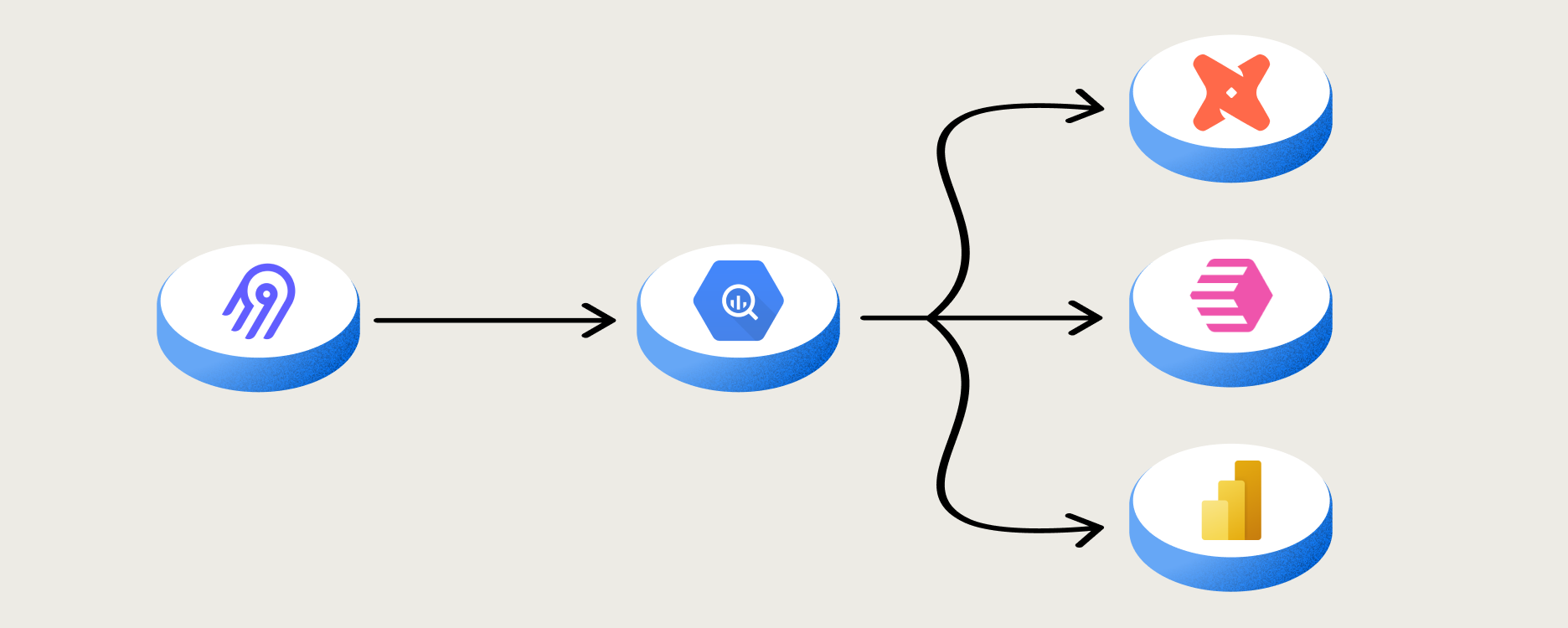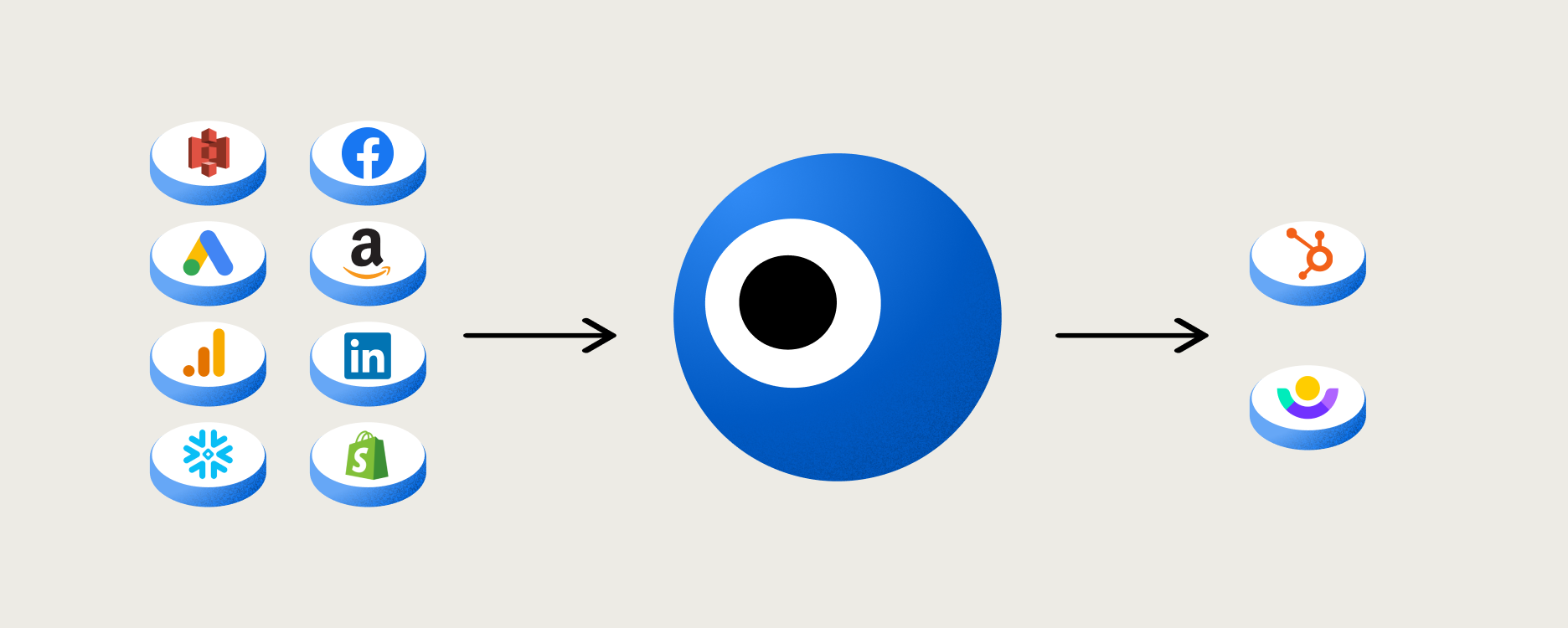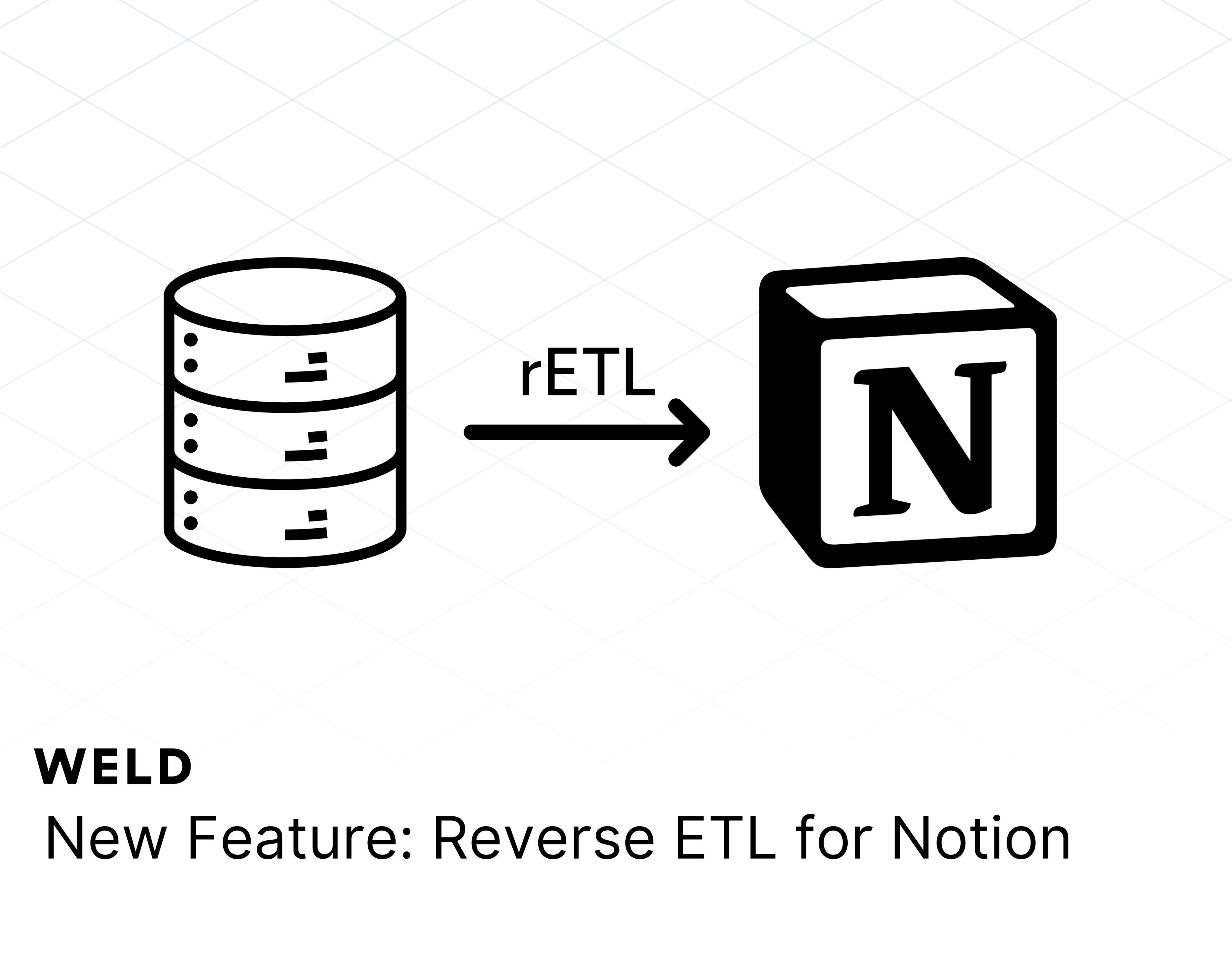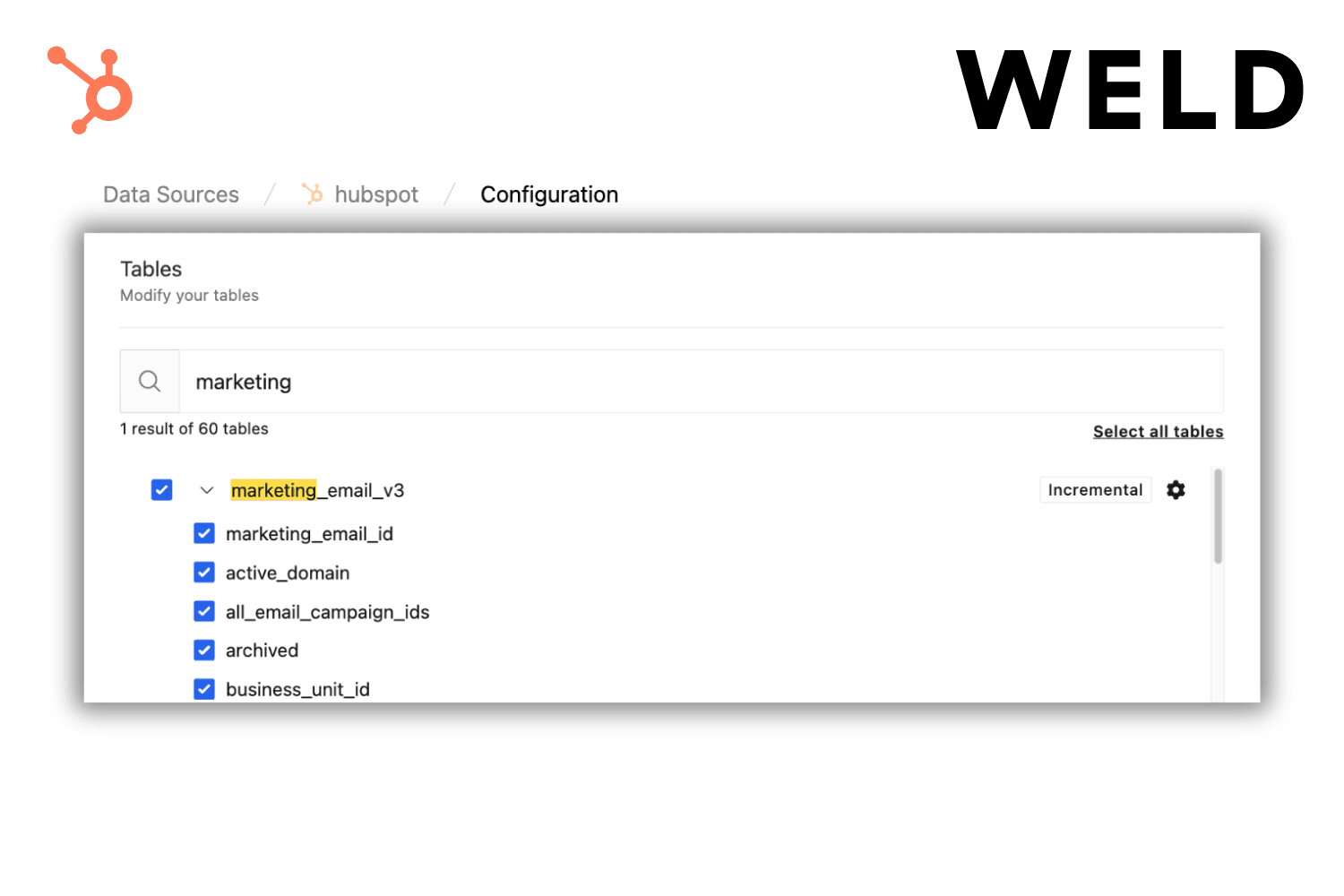As data becomes more central to how organizations operate, company expectations are shifting and the role of Data Analysts is evolving. While workloads increase and data quantities continue to grow, having the right tools in place to support data work has never been more essential. You’ve probably heard of the Modern Data Stack, but how does it fit into the current reality of data specialists, and what does it really look like today?
Data technology has come a long way, and there are plenty of great tools out there supporting analysts in their core tasks. But the current reality of what it means to be a data specialist requires new solutions, and innovation in data tech is disrupting the Modern Data Stack as we know it.
The booming business of big data today
With Data Analyst, Data Engineer, and Data Scientist among Glassdoor’s top 50 jobs for 2022, there’s never been a more exciting moment to launch a career in data. Companies today recognize the value of their data, and are eager to find the right people and tools to help them make better use of it.
This ambition to become data-driven isn’t a passing trend — in fact, views around what being data-driven really means are maturing. NewVantage Partners’ 2022 Big Data and AI Executive Survey reports “a growing recognition and understanding that becoming data driven entails a journey and is not a destination” among respondents in comparison to previous years. This shift in attitudes shows that business leaders have a better understanding of the true nature of a data-driven workforce, and with this understanding comes ambitious goals.
97% of business leaders said they’re investing in data initiatives in 2022, and 60% expect their companies to become data-driven in the next 2-3 years.
– NewVantage Partners
But becoming truly data-driven can be complex, and take a significant amount of time and effort. It’s about more than building and maintaining the organization’s data infrastructure — it’s also about fostering a data culture and developing data literacy across company departments. And this is impacting what it means to be a data expert in today’s world of work.
The shifting reality of Data Analysts
In the modern workforce, the role of Data Analysts has evolved. Of course you still have traditional tasks like producing reports, running analyses, troubleshooting sync failures, and advising strategic direction and decision-making. But Data Analysts today must also take on additional tasks like supporting non-technical teams to become autonomous with company data and conceptualizing and implementing real solutions for data activation, all while their workloads steadily increase alongside the level of expertise required.

What does all of this mean? Well, like we said, it’s an exciting and challenging time to be a data expert — but the demands and expectations from these roles are also reaching new heights. Now more than ever, having sturdy, reliable tools to support your work is essential. And innovation in data technology and the Modern Data Stack are contributing to that end.
What is the Modern Data Stack, really?
When people talk about a data stack they’re generally referring to the collection of tools and software that make up their data architecture. A data stack is the system through which you manage and leverage company data. In other words, it’s how you:
- Collect data
- Transform data
- Store data
- Model data
- Visualize data
- Activate data
So what makes a data stack modern? For one thing, data storage has moved to the cloud, making the centrepiece of a Modern Data Stack a cloud-based data warehouse like BigQuery or Snowflake. With this move to the cloud came an influx of new, modern tools and software designed to perform the various other functions of data management and analysis. This brings us to today, where most Modern Data Stacks consist of various niche tools that have been patched together into a greater machine.

Typically, Modern Data Stacks are custom-built by engineers, and the software selected for each piece of the puzzle will depend on a number of factors like budget, features, and company needs. And while these individual software are expertly built and provide a ton of value, connecting them all together and keeping these systems up and running is an ongoing heavy and tedious workload.

The future of the Modern Data Stack
As much value as Modern Data Stacks bring to companies, they also require ongoing upkeep and maintenance. This means less of your time and energy end up going into the deep, innovative work that you’re uniquely qualified to do. But what if you didn’t have to build your data stack from scratch, or take on all the maintenance? What if you didn’t have to switch between all of your various tools to perform the baseline tasks of your work?
This is the future of the Modern Data Stack we’re building at Weld. Weld is an end-to-end data platform for Data Analysts, designed to help you streamline your tasks and reclaim your workday. You can configure and perform ELT syncs, create and manage all of your models, and activate company data through reverse-ETL — all in one platform, built on top of your data warehouse.

Here’s how it works:
- First, you connect your data warehouse. And if you don’t have one yet, you can set up a Google BigQuery warehouse directly in the platform for free.
- Then, you can choose your connectors (Weld’s pre-built ELT pipelines) to pull data from your database and apps into your data warehouse.
- You’ll gather your data by configuring your connectors with selected data points and sync frequencies, creating your single source of truth.
- With all of your data centralized, you can use Weld’s expert-built modeling tool to create and manage all your models. Features like smart autocomplete, code folding, error highlighting, audit logs, and version control help you keep things organized and accounted for, even on a multi-person team.
- Finally, you can start activating your data by choosing from dozens of connectors (reverse-ETL pipelines) pre-built in Weld.
Want to give Weld a try? Sign up free today, and let us know what you think!
The future of data is now
The data-driven movement has taken off at lightning speed in recent years. While bringing data into every team’s operations was once a vision of the future, it’s now become a reality for many organizations of various sizes and industries.
This is an exciting advancement in the evolution of work, but if businesses aren’t careful, their valuable data specialists may fall into inefficient systems and unreasonable workloads. Ensuring that technology is working for you — and not the other way around — is an important piece of creating truly modern, scalable data operations for your company. The Modern Data Stack got us here, and now we’re taking it to the next level.












